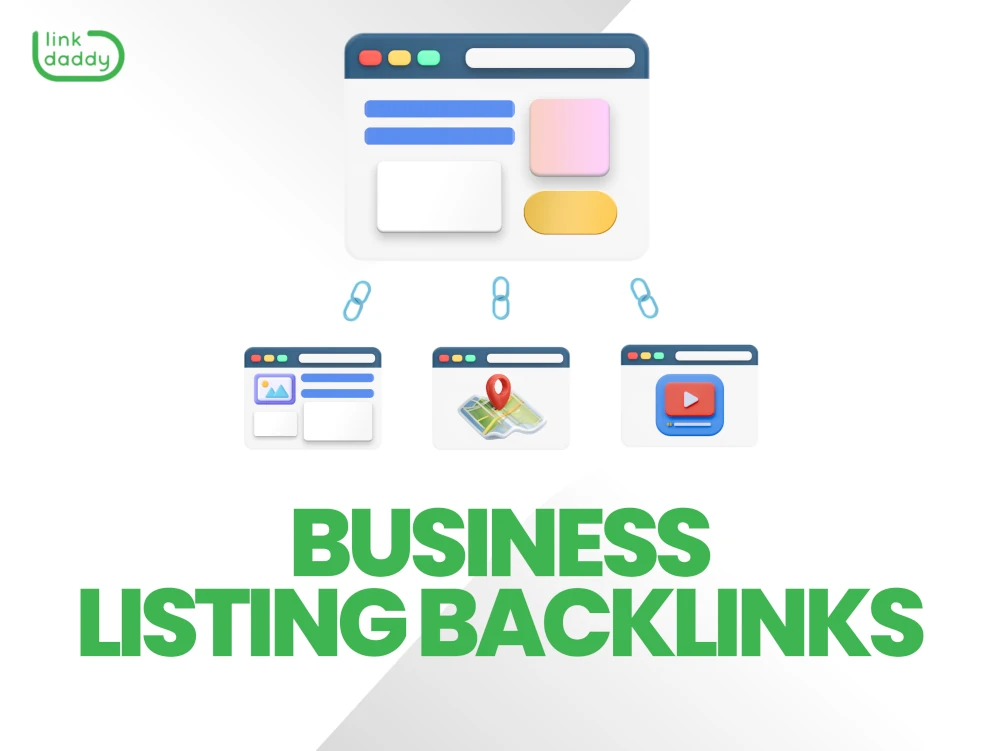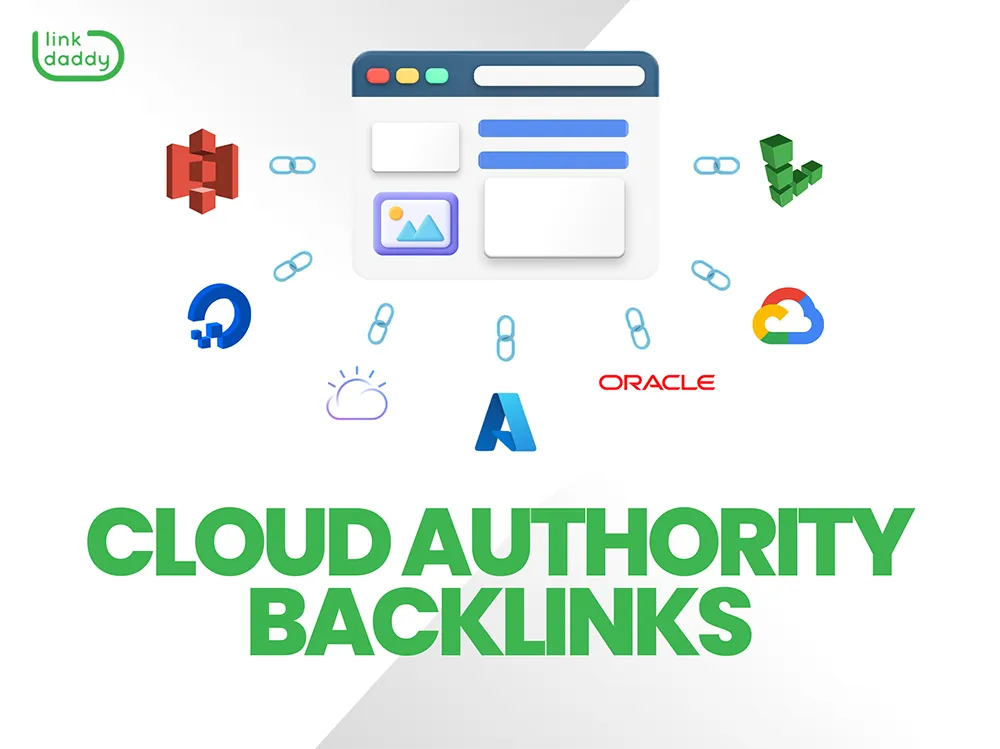Recognizing the Different Sorts Of Cloud Providers and Their Uses
In today's digital landscape, the realm of cloud computer uses a diverse selection of services that satisfy the demands of companies and people alike. From Framework as a Service (IaaS) to Software Application as a Service (SaaS), each type of cloud service offers a special purpose and offers unique benefits. Recognizing the differences between these different cloud versions is crucial for optimizing operations, improving scalability, and making sure cost-efficiency in a significantly interconnected globe. By checking out the nuanced performances and applications of each cloud service, one can navigate the intricacies of cloud computing with accuracy and foresight.
Framework as a Solution (IaaS)
Framework as a Solution (IaaS) offers individuals with virtualized computing sources online on a pay-as-you-go basis. This cloud computer model delivers vital IT facilities such as virtual makers, storage, and networking without the need for organizations to purchase and handle physical servers and information centers. With IaaS, users can scale sources up or down based upon their requirements, offering adaptability and cost-efficiency.
One of the essential advantages of IaaS is its capability to quickly stipulation and deploy infrastructure parts, allowing companies to react promptly to changing needs and market problems. By contracting out facilities management to the company, organizations can concentrate much more on their core organization tasks instead of taking care of the intricacies of hardware upkeep and upgrades.
Furthermore, IaaS offers a high level of integrity and protection, with companies normally offering robust information backup, calamity recuperation, and cybersecurity steps. This aids make sure that critical service procedures stay continuous and information remains secured versus potential dangers. linkdaddy cloud services press release. Generally, Infrastructure as a Service enhances IT procedures, enhances scalability, and decreases capital expenses for businesses of all sizes
Platform as a Solution (PaaS)
Building upon the foundation of Facilities as a Service (IaaS), Platform as a Service (PaaS) provides a comprehensive environment for developers to create, deploy, and manage applications without the complexities of underlying infrastructure management. PaaS supplies a system with devices and services that improve the advancement process, allowing designers to concentrate on composing code and building applications rather than dealing with framework problems.

Software as a Solution (SaaS)
Software as a Service (SaaS) revolutionizes the means businesses accessibility and use software applications by providing them on a registration basis via cloud companies. This cloud computer version gets rid of the requirement for organizations to preserve and set up software program on specific tools, as everything is held and taken care of centrally in the cloud.
SaaS provides an economical service for services as they just pay for the software application they make use of without the included expenses of equipment upkeep or software updates. It also uses scalability, check my blog permitting firms to easily adjust their software application needs based on their needs.
Furthermore, SaaS applications can be accessed from any type of gadget with a net link, promoting partnership and versatility amongst remote groups. Safety is a leading concern in SaaS, with companies applying durable measures to protect data stored in the cloud.
Popular examples of SaaS consist official site of customer relationship management (CRM) software like Salesforce, productivity tools like Microsoft Workplace 365, and cooperation systems like Google Work space. SaaS proceeds to acquire grip in the organization world as a result of its cost-efficiency, benefit, and scalability.
Feature as a Solution (FaaS)
With the development of cloud solutions like Software application as a Solution (SaaS) enhancing software application delivery, Feature as a Solution (FaaS) represents a paradigm change in exactly how code is performed in a serverless environment. FaaS permits programmers to compose and execute private functions or pieces of code in feedback to certain events without the demand to handle the infrastructure. This serverless computer design allows programmers to concentrate solely on creating code to execute specific capabilities, without concerning themselves with the underlying infrastructure or web server management.
Among the essential benefits of FaaS is its capability to scale automatically based on the inbound workload. Features are performed in stateless containers that are rotated up and down as required, making sure optimal source utilization and cost-effectiveness. FaaS is specifically helpful for event-driven and microservices architectures, where code execution is caused by events such as HTTP demands or data source updates. By abstracting the facilities layer, FaaS streamlines advancement, increases time to market, and improves total agility in releasing cloud-native applications.
Storage Space as a Service (STaaS)
An essential element in cloud computer, Storage as a Service (STaaS) supplies users with a scalable and effective remedy for handling information storage space requirements. STaaS allows organizations to keep and retrieve data from remote web servers through the internet, removing the demand for on-premises equipment. This solution offers flexibility by allowing customers to pay just for the storage space they make use why not look here of, making it an affordable option for services of all dimensions.

STaaS is especially useful for services with rising and fall storage space demands, as it gives a trusted and safe storage space service without the requirement for significant in advance financial investments. By leveraging STaaS, companies can simplify their information monitoring processes, improve availability, and improve data security in a cost-efficient way.

Final Thought
In verdict, recognizing the various types of cloud services and their uses is essential for services and people looking to utilize the advantages of cloud computing. By utilizing the right cloud solution, organizations can improve their efficiency, scalability, and flexibility in managing their IT infrastructure and applications.
From Infrastructure as a Service (IaaS) to Software Application as a Solution (SaaS), each kind of cloud service offers an unique purpose and provides distinctive benefits. universal cloud Service. By discovering the nuanced functionalities and applications of each cloud service, one can navigate the intricacies of cloud computer with precision and foresight
With the evolution of cloud solutions like Software program as a Solution (SaaS) simplifying software program distribution, Function as a Service (FaaS) stands for a standard shift in how code is performed in a serverless environment.In final thought, understanding the various kinds of cloud services and their usages is essential for organizations and people looking to utilize the benefits of cloud computing. By making use of the ideal cloud service, companies can improve their efficiency, scalability, and flexibility in handling their IT facilities and applications.